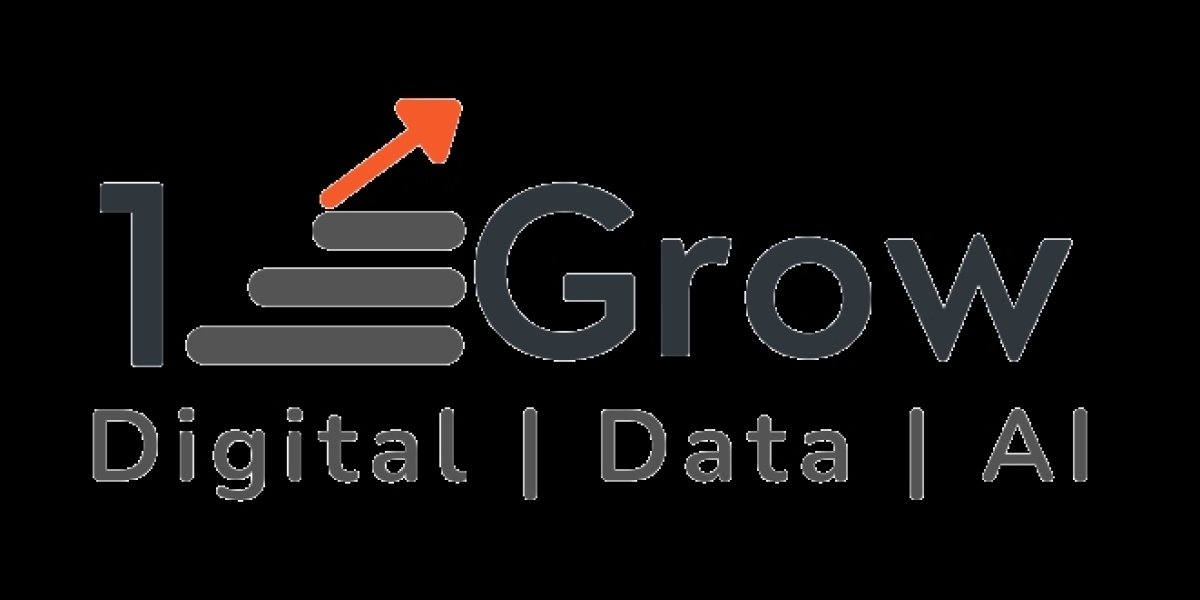In an increasingly digital world, organizations face a multitude of threats posed by malware. From ransomware and viruses to spyware and trojans, the variety of malicious software can cause significant damage to systems, data, and reputations. To combat these threats,malware tools cybersecurity professionals rely on a suite of malware tools designed to detect, analyze, and mitigate malware attacks. This article explores the different types of malware tools, their functionalities, and their importance in maintaining robust cybersecurity.
What Are Malware Tools?
Malware tools are software applications developed specifically to identify, analyze, and respond to malware threats. They serve various purposes, from preventing infections to investigating incidents after a breach. These tools are crucial for organizations seeking to protect their digital assets and ensure operational continuity.
Types of Malware Tools
Antivirus Software
- Functionality: Antivirus programs scan files and applications for known malware signatures. They provide real-time protection by monitoring system activity and blocking potentially harmful threats.
- Examples: Norton, McAfee, Bitdefender, Kaspersky.
Anti-Malware Programs
- Functionality: These tools offer advanced malware detection capabilities, focusing on more than just traditional viruses. They can identify spyware, adware, and other forms of malicious software that antivirus solutions might miss.
- Examples: Malwarebytes, Spybot Search & Destroy, ESET NOD32.
Sandboxing Solutions
- Functionality: Sandboxes provide isolated environments for executing and analyzing suspicious files. By running malware in a controlled setting, security professionals can observe its behavior without risk to the host system.
- Examples: Cuckoo Sandbox, Any.Run, Joe Sandbox.
Network Security Tools
- Functionality: These tools monitor network traffic for signs of malware activity, such as unusual data transfers or communication with known malicious IP addresses. They help detect malware attempts to exfiltrate data or spread through a network.
- Examples: Snort, Suricata, Cisco Firepower.
Forensic Analysis Tools
- Functionality: After a malware incident, forensic tools help investigate the attack, determine the extent of the damage, and identify how the breach occurred. They analyze system logs, file systems, and network traffic to gather evidence.
- Examples: EnCase, FTK Imager, Autopsy.
Endpoint Detection and Response (EDR)
- Functionality: EDR solutions provide continuous monitoring and response capabilities for endpoint devices. They collect data on endpoint activities, analyze it for potential threats, and facilitate rapid response to incidents.
- Examples: CrowdStrike Falcon, SentinelOne, Carbon Black.
Importance of Malware Tools
Proactive Defense: Malware tools allow organizations to implement proactive measures against potential threats. By regularly scanning systems and monitoring for suspicious activity, organizations can identify and eliminate threats before they cause significant harm.
Incident Response: In the event of a malware attack, having the right tools enables a swift and effective response. Forensic analysis tools help organizations understand the breach, while EDR solutions provide real-time response capabilities.
Threat Intelligence: Many malware tools incorporate threat intelligence feeds, providing organizations with up-to-date information on emerging threats. This intelligence helps inform security strategies and enhances overall defenses.
Regulatory Compliance: Organizations in regulated industries must adhere to strict cybersecurity standards. Using malware tools can help demonstrate compliance with these regulations by ensuring systems are secure and incidents are promptly addressed.
Risk Mitigation: By utilizing a combination of malware tools, organizations can significantly reduce their risk exposure. Comprehensive security solutions help safeguard sensitive data and maintain operational integrity.
Challenges of Using Malware Tools
False Positives: One of the significant challenges with malware tools is the occurrence of false positives, where benign software is mistakenly flagged as malicious. This can lead to unnecessary disruptions and wasted resources.
Resource Intensive: Running comprehensive malware tools may require significant system resources, impacting system performance and user experience, especially in environments with limited capacity.
Evolving Threat Landscape: As malware evolves, so too must the tools designed to combat it. Continuous updates and improvements are essential to ensure effectiveness against new and sophisticated threats.
User Awareness: Malware tools are only as effective as the users operating them. Ensuring that employees are trained to recognize and respond to potential threats is vital for maximizing the effectiveness of these tools.
Conclusion
Malware tools are essential components of a comprehensive cybersecurity strategy, providing organizations with the means to detect, analyze, and respond to a wide array of malware threats. By employing various tools, including antivirus software, anti-malware programs, sandboxes, and network security solutions, organizations can enhance their defenses and mitigate the risks associated with malicious software.
As cyber threats continue to evolve, investing in robust malware tools and maintaining a proactive security posture is crucial for protecting sensitive data and ensuring operational resilience. Ultimately, a multi-layered approach that combines technology, processes, and user awareness will provide the best defense against the ever-changing landscape of malware threats.









